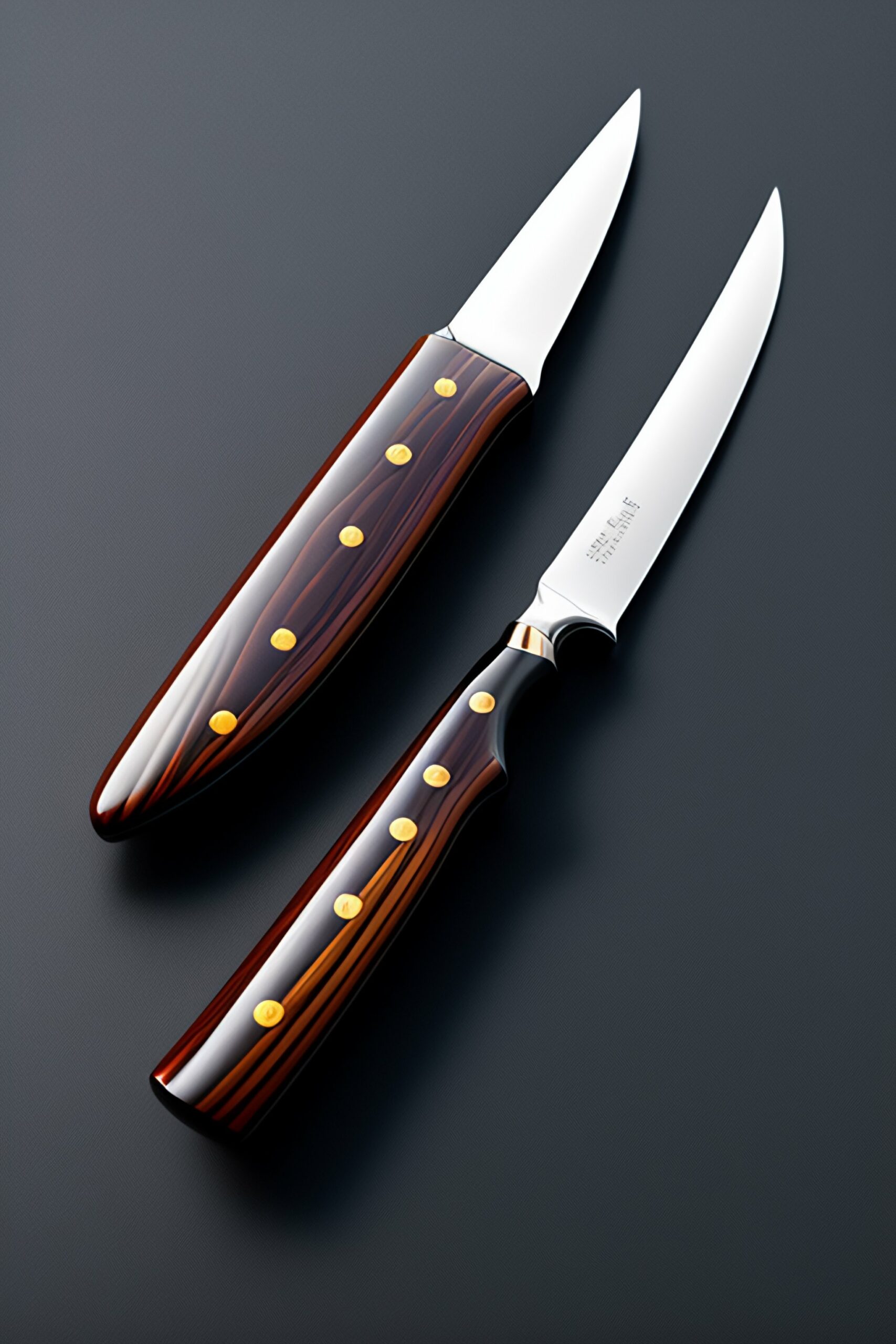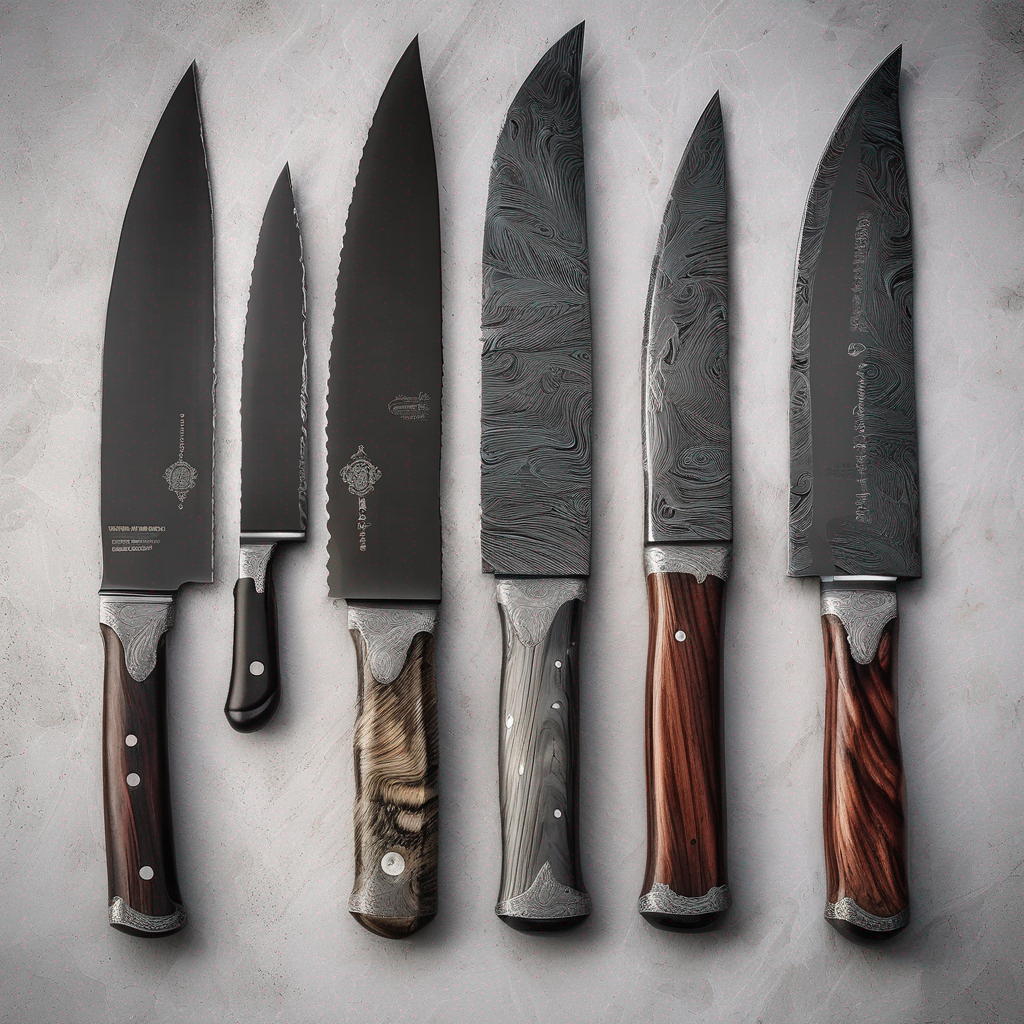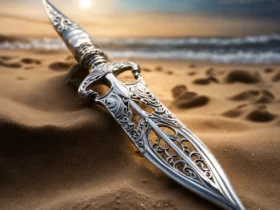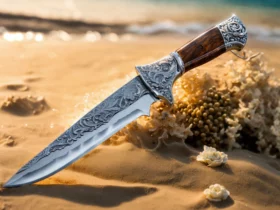Knives are essential tools in the kitchen, and the material of the knife can make a big difference in how it performs. Different materials have different advantages and disadvantages, so it’s important to understand the pros and cons of each material before making a purchase.
Stainless Steel: Stainless steel is the most common material used for kitchen knives. It is durable, easy to sharpen, and resistant to corrosion. The downside is that it can be difficult to sharpen and can be prone to staining.
Carbon Steel: Carbon steel is a popular choice for kitchen knives because it is strong and holds an edge well. It is also easy to sharpen and can take a very sharp edge. The downside is that it is prone to rust and can discolor food if not properly cared for.
Ceramic: Ceramic knives are extremely sharp and hold their edge for a long time. They are also lightweight and easy to clean. The downside is that they are brittle and can chip or break if dropped.
High-Carbon Steel: High-carbon steel is a popular choice for kitchen knives because it is strong and holds an edge well. It is also easy to sharpen and can take a very sharp edge. The downside is that it is prone to rust and can discolor food if not properly cared for.
Titanium: Titanium is a lightweight and strong material that is resistant to corrosion. It is also easy to sharpen and holds an edge well. The downside is that it is expensive and can be difficult to sharpen.
Damascus Steel: Damascus steel is a popular choice for kitchen knives because it is strong and holds an edge well. It is also easy to sharpen and can take a very sharp edge. The downside is that it is expensive and can be difficult to sharpen.
When choosing a knife, it’s important to consider the pros and cons of each material. Different materials have different advantages and disadvantages, so it’s important to understand the pros and cons of each material before making a purchase.







